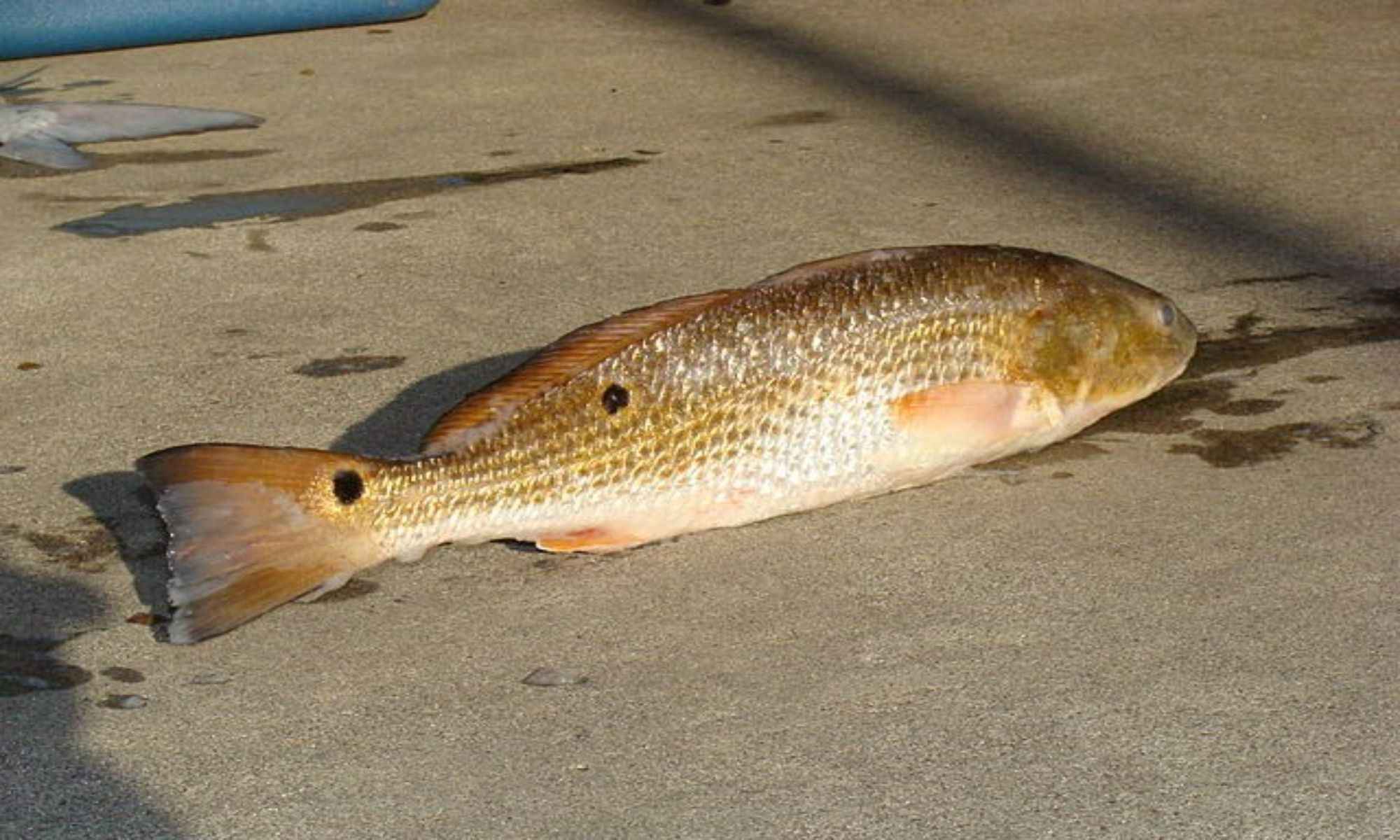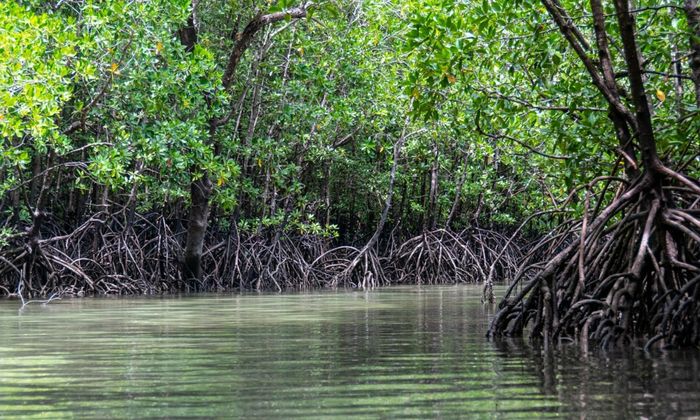Ways to Cast to Tailing Redfish
Here are a couple of things every angler needs to know when tailing a redfish.

While bass may be America’s most popular game fish, redfish is a good contender in the south. Primarily found in the southern coasts stretching to the east, the redfish is a saltwater fish. They take four years to mature and migrate from nearshore, offshore, and even brackish waters. By the time they fully mature, they can weigh around 30lbs to 40lbs with a length of about 28” to 30”. One of the few fish that can live in salt and freshwater, redfish can be caught in certain lagoons where freshwater and saltwater mix.
Because of its popularity among anglers across the country, many states have enacted fishing regulations, including Texas and Louisiana. Bag, size, and seasonal restrictions are just some of the ways local authorities have kept redfish populations high. Regardless, fishing for redfish through catch and release is a sustainable and popular way to catch them. With their size and aggressiveness on the line, they remain a trophy fish every angler visiting the south should try to catch.
Here’s everything you need to know when catching redfish.

Catching Redfish: Everything You Need To Know
1. Location

Redfish can be easy to find if anglers know where to look. As redfish can survive on freshwater and saltwater, there are plenty of places to check. These fish also feed a lot, so it’s better to check sites with high populations of redfish prey. Small shrimps, crabs, and mullets are just some of its favorite bait to feed on. One thing an angler should do is to match the type of bait found in the area. It’s much more natural with the redfish being familiar if the bait is something it always eats. When it comes to the parts of the water redfish frequent, it’s usually ones with more cover. Redfish can generally be found in jetties, underneath docks, as well as rocky and weedy areas. Mangroves and oyster beds can also be places where anglers can check. These areas with plentiful vegetation provide protection from predators or sunlight and contain prey for them to eat.
When catching redfish, Louisiana, Texas, and Florida are the most popular for anglers. Louisiana has a diverse ecosystem due to the vegetation provided by its bayous. Texas also has many tributaries that funnel fresh water into the Gulf of Mexico. Many lagoons and piers with brackish waters are some of the best habitats for redfish. Finally, Florida has a unique climate similar to South America and is beside the Atlantic Ocean, another prime location for redfish to populate.
2. Time
Redfish can be caught all year long. What differentiates redfish during the different seasons is its size and shape. Summer is typically the season when most anglers try to catch redfish. With redfish spawning alongside crab and mullet the season prior, summer is when many juvenile redfish are actively hunting for food. Late summer and early fall give some of the bigger redfish available all year. As the temperature gets colder, the fish start heading deeper into the water, where they’ll be found in docks, jetties, and other structures.
Like many fish, anglers try to catch redfish during the morning just before the water heats up. During this time, redfish are more active and found in shallow water. Tailing a fish with bait is also very effective in shallow water as it’s easier to spot where the lure is currently located. When the water gets hotter throughout the day, the fish will start heading deeper into the water. The fish respond well to live bait during noontime and the hours after. When nighttime fishing, smaller redfish go back into shallow water in search of prey. Bigger-sized redfish will most likely stay in deeper water or underneath structures during this time.
3. Gear
Live bait is best used on bait-hungry redfish. Mullets, shrimp, and crab work with redfish. Sand dollars and squid are also great alternatives. Using artificial lures, topwater jigs, and rattling plugs is an angler’s best bet. Most jigs are used in grassy parts of the water, while plugs are better used for their sound in murky water.
As redfish can grow to be quite big and are generally really aggressive, anglers should use a rod that can match that. A medium to medium-heavy fishing rod can handle the tenacious redfish. A long rod is preferable when tailing redfish from a long distance because it casts farther than a short rod. However, a shorter rod is best used when bottom fishing or jigging. A 20lbs to 30 lbs braided line should be enough for average-sized redfish when picking lines. When the fish start getting bigger during fall, anglers should switch to a 40lbs to 50lbs braided line.

4. Tailing Redfish
A common mistake many anglers try to lure redfish with bait is to drop it right in front of them. Even if redfish are aggressive eaters, they can still easily be startled. Anglers should try to cast the lure away from the fish, preferably behind it. Letting the lure sink just a bit before reeling it in also gives it a more natural look.
When fishing for redfish through tailing, one of the most important things is to take advantage of their sensitive hearing. Rattling plugs are just some of the artificial lures anglers can use when luring redfish. Anglers should reel the lures in such a way that mimics bait. Anglers should drag the lure across from behind the fish until it gets into sight. Once the redfish approaches the lure, anglers should twitch the lure by a bit. This is done to mimic prey reacting to the predator. Redfish will be more likely to tail it using different motions to mimic bait. Popping, twitching, and even momentarily stopping can help entice the fish further. Average-sized redfish weigh a lot and thrash around, so once it bites, anglers should be prepared for a tough fight.



